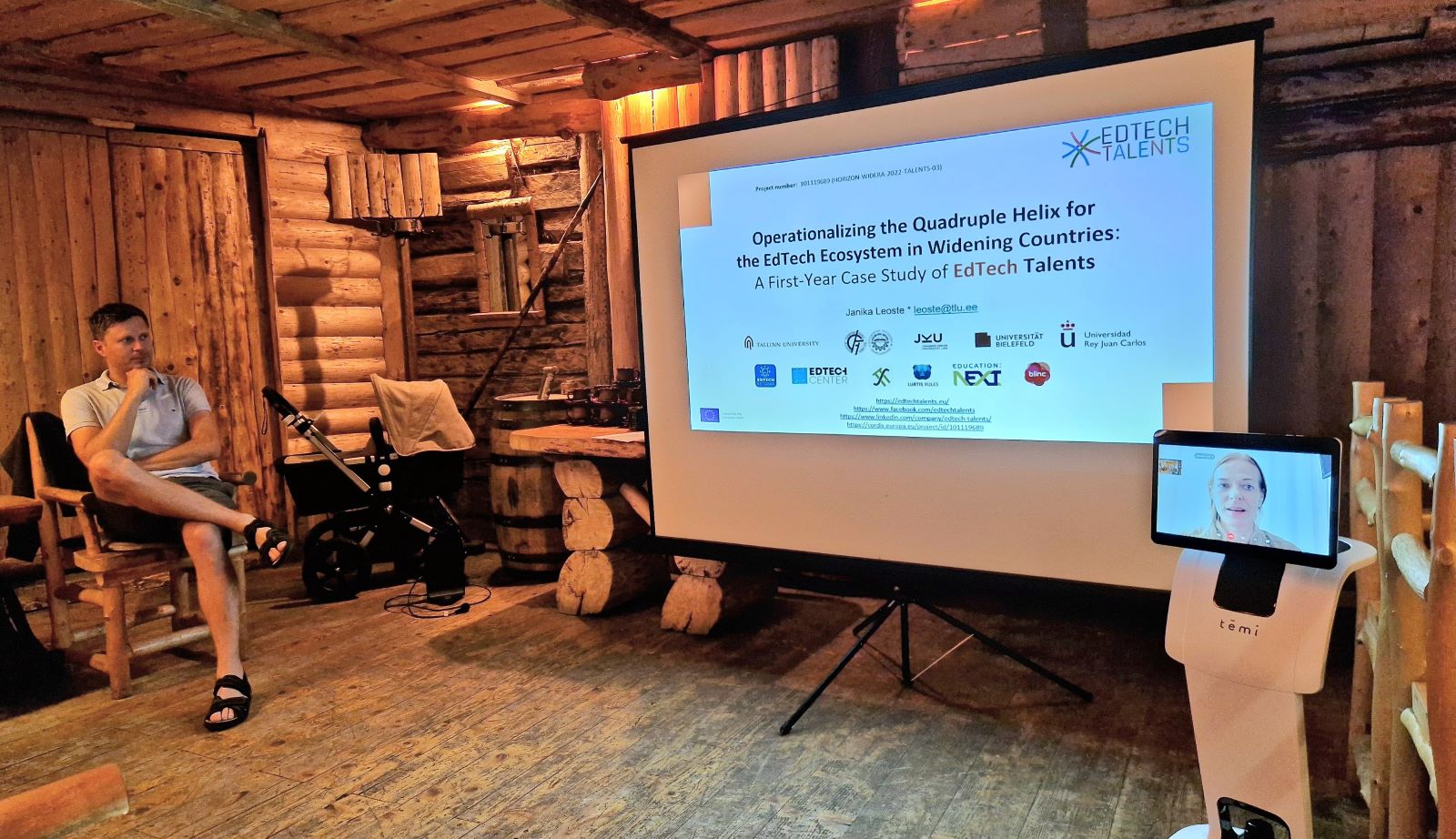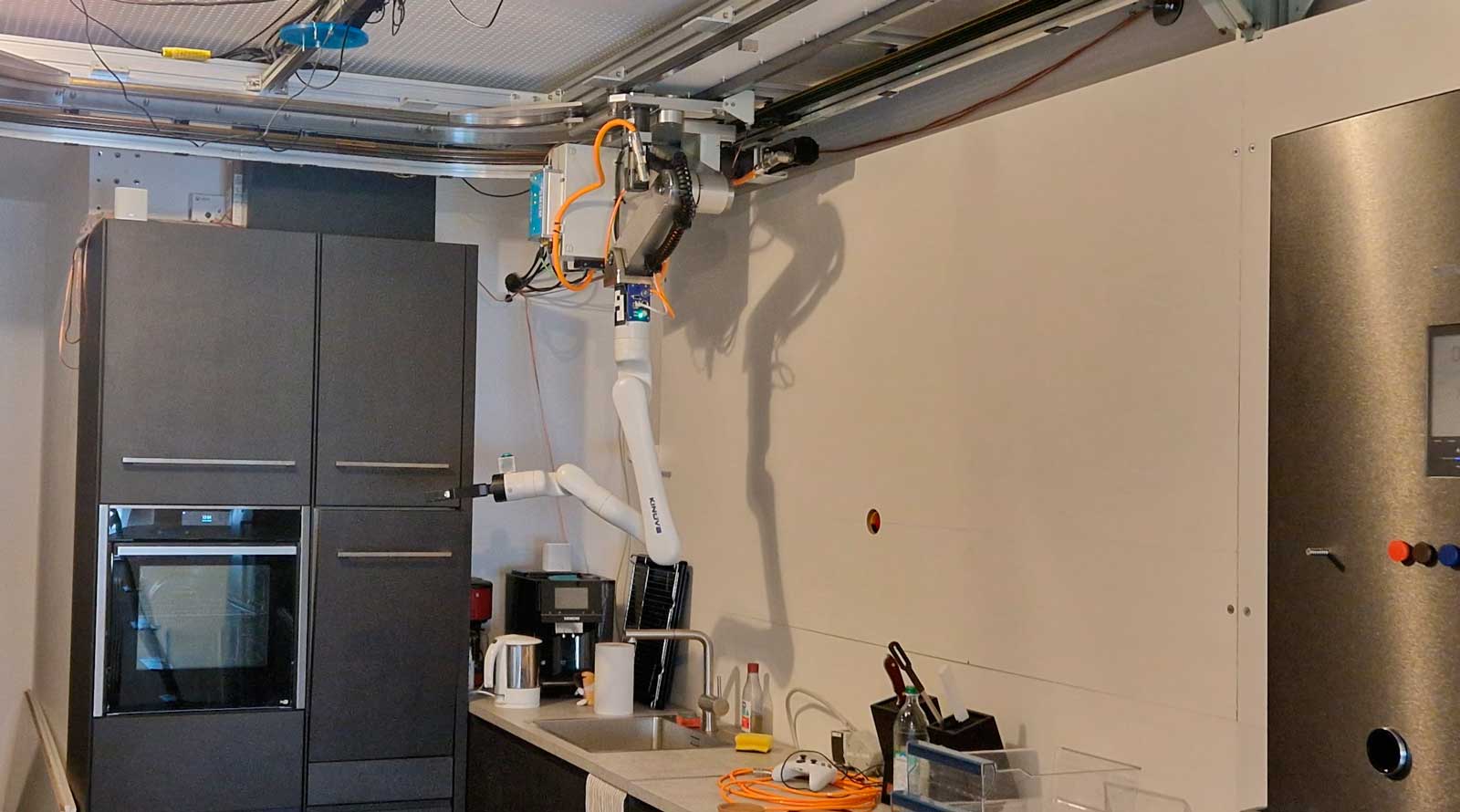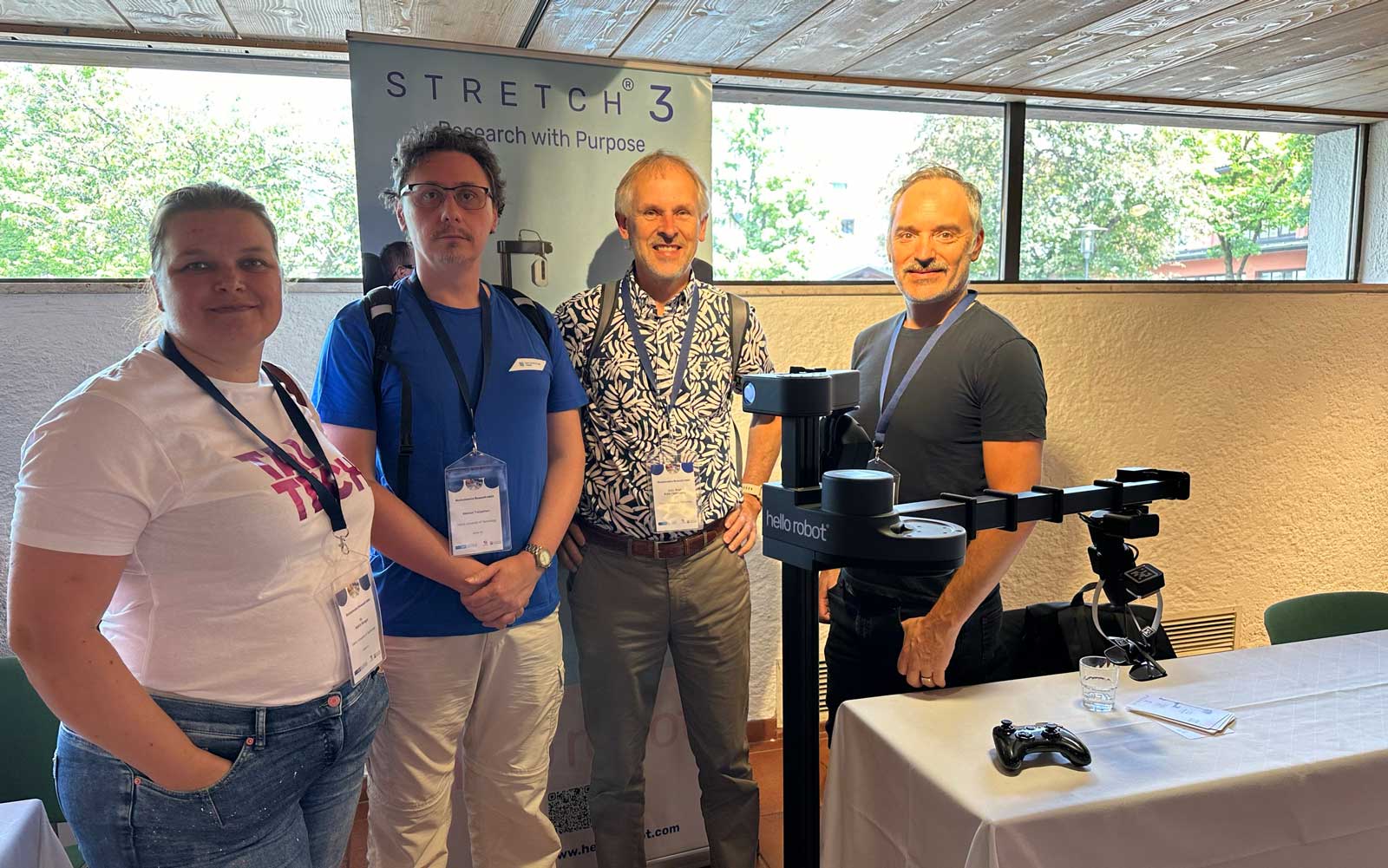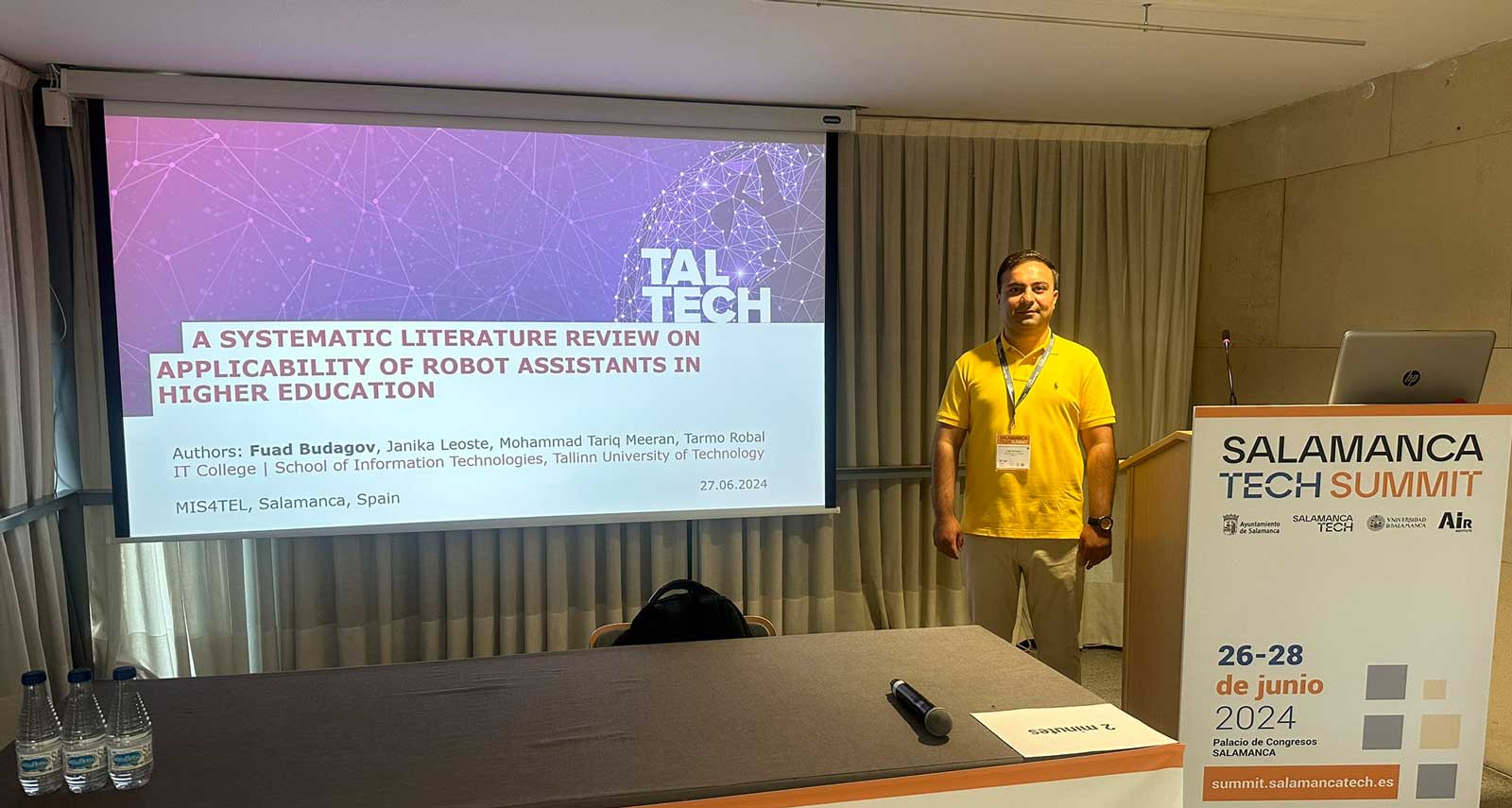PYNT 24.09.2024 event

We would like to sincerely thank you for participating in the PYNT event “The Future of Care with Socially Assistive Robots,” which took place on September 24, 2024, at TalTech’s Mektory Innovation Lab. Your presence and active engagement contributed to the success of the event and the valuable discussions and exchange of ideas. The event covered important topics related to the use of socially assistive robots in healthcare and elderly care. We would especially like to highlight our panel discussion, where leading experts in the field shared their knowledge: Kadi Lubi, Kitty Kubo, Liina Harjus-Soostar, Kristina Pärnaste and Merelle Tammann. Their expertise and practical examples provided a deep insight into the potential impact of this technology on the future of care and social interaction.




